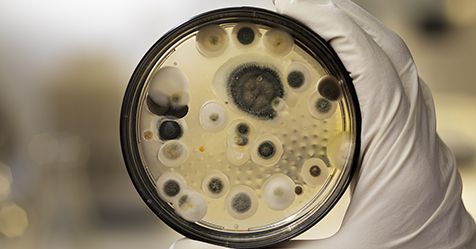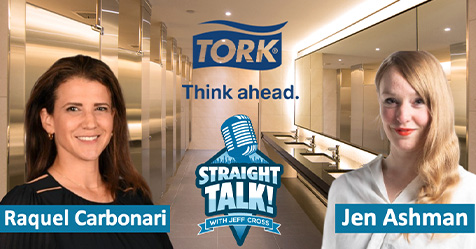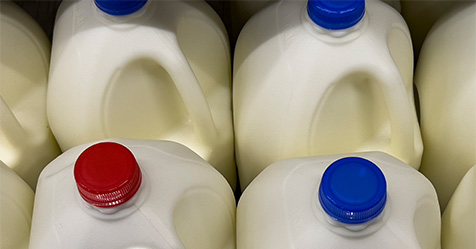Concerns Arise Over Schools’ Use of Air Purifiers
Health experts worried about ion systems adding ozone to classrooms
As the coronavirus pandemic led school facility managers to reconsider air quality in their buildings, many added air purifiers to remove SARS-CoV-2 virus particles from classrooms. Health experts are concerned many of these air purifiers are making unfounded claims regarding their effectiveness in removing airborne coronavirus particles and may instead be adding unsafe amounts of ozone to the air, CNN reports.
School officials seeking to make their buildings safer and to calm worried parents bought air purifiers and installed them in more than 2,000 schools across 44 states, according to an investigation by Kaiser Health News (KHN). These devices use ionization, plasma, and dry hydrogen peroxide to clear the air.
A report released last week by the Center for Green Schools and the American Society of Heating, Refrigerating, and Air-Conditioning Engineers (ASHRAE) found schools have been approached by persistent salespersons touting the benefits of these air cleaning technologies. However, some of these devices have not been thoroughly tested in atmospheres similar to a classroom. For instance, one company could only find a lab with a chamber the size of a shoebox for its trials.
Ion- or hydroxyl-blasting air purifier systems can be potential sources of pollution themselves, according to a recent report from the Lancet COVID-19 Commission. These systems emit ozone, potentially at levels which can exacerbate asthma.
There is currently no federal oversight or enforcement of air-cleaning technology. Only the state of California bans air cleaners that emit a certain amount of ozone. Until more is known about new air purifying technology, experts are encouraging schools to pump in more fresh air and use HEPA filters to capture the virus.


